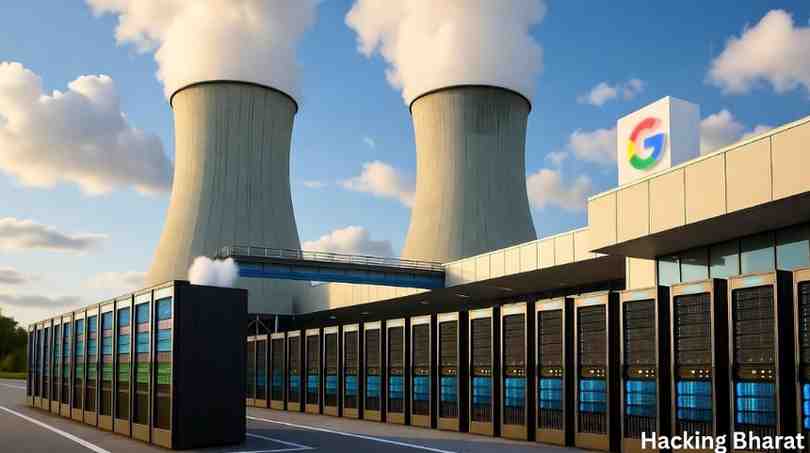This is a bold move by Google LLC into the energy industry, which is signing a long-term agreement to assist in reopening the Duane Arnold Energy Center, a nuclear power facility in the U.S. that has been idle since 2020, to provide energy to its expanding artificial intelligence (AI) and cloud infrastructure.
The deal is indicative of the move by large technology companies to now commit themselves to stable sources of power in bulk to satisfy the increasing electricity needs of AI datacenters.
A Nuclear Step for the AI Era
According to the agreement, Google will purchase electricity at the Duane Arnold plant through a 25 year contract with Future energy, based in the U.S. utility of NextEra Energy, which leads the reopening operation of the plant.
The 615 mega watt rated facility will resume operations by the beginning of 2029 provided that regulatory and engineering milestones are achieved.
The rebirth of the plant represents a change of direction in technological leaders.
Most data centers are 24/7 and need vast quantities of uninterruptible power, which cannot be assured by mere intermittency of alternatives such as wind and solar.
The decision taken by Google illustrates the requirement of power that is standard (baseload), reliable, and free of carbon.
This will allow Google to realize its climate objectives by incorporating nuclear energy into its portfolio and make its AI-cloud business self sufficient for future expansion by the constrained nature of power.
This nuclear commitment will be a major component of the mission, as was pledged before by Google, to operate its business using 24/7 of its functions with carbon-free energy by the year 2030.
The restart is also in light of the closure of the old nuclear plants in the U.S. because of an economic reason or old age.
Re-quickly starting the Duane Arnold plant can allow a longer life span of the old infrastructure without necessarily commencing afresh.
It also facilitates the growth of employment opportunities in the region, grid stability, and the transition to cleaner sources of power.
Nevertheless, there are setbacks in the project. One of the worst victims of a storm that hit the plant in 2020 is in need of a lot of investment and safety improvements before it can be used again.
Its licensing and technical base will be under a close examination by the regulators.
Critics take caution that the schedule may be derailed by cost overruns, regulatory holdups, or popular resistance.
In the case of Google, the joint working is a sign of the convergence of power infrastructure and AI strategy.
Compared to the repercussions of the ever-growing complexity of AI models, the competition among data centers will soon be more about electricity on an already stretched grid.
Firms are now recognizing power supply as being a strategic asset and not a utility cost.
The very idea of Google relaunching the Duane Arnold nuclear facility provides a reminder of how influential the AI age can be and how big tech companies are dedicating decades to it.
What had begun as an explosion of data centers has come down to energy policy, grid planning, and national infrastructure.
Restoring a decommissioned nuclear plant to fuel AI highlights this change in corporate business model and could well become a precedent on how the architectural generation of digital infrastructure is constructed.


